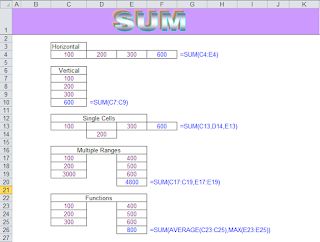Desktop publishing
The introduction of non-commandline DTP software by the Macintosh in the mid-1980s and its subsequent widespread adoption eliminated the previous cost-restriction that had driven the switch to single-spacing. There was no longer any material marginal cost associated with typesetting double-spaces, or even multiple-width spaces.
Despite this, resistance to double-spaced sentences started to grow among English-language professional designers and typographers as they became more directly involved with typesetting. Traditional French typists' rules continued to be the uncontested norm in French-speaking countries,[17] but English spacing became increasingly deprecated in English-speaking countries.
Additionally, there has been a designer-led trend towards closer-fitted text in general.[18][19][20] For example, an increasing number of computer font design guidelines now recommend use of quarter-em spaces rather than third-em spaces. With regard to spacing, modern designers are retracing the steps of the 19th-century design-led typographer William Morris. Morris rejected the restrictions of commercial typesetting which at the time demanded traditional typesetting's spacing rules, and, declaring a "rage for beauty", advocated close-set type and dark "color" (lack of whitespace, creating uniformity of appearance). But this "rage for beauty" did not not necessarily translate to reader comprehension. The reason Donald Knuth gave for creating the TeX typesetting system was his dismay on receiving the proofs of a new edition of his book The Art of Computer Programming at the unreadability of the then new close-fitted phototypesetting technology, which he described as "awful" due to its "poor spacing".[21][22] The leading style guides of Morris's time documented that readers of the time had the same reaction to Morris's output as Knuth did later to phototypesetting's output. De Vinne, for example, wrote in The Practice of Typography:
Printed words need the relief of a surrounding blank as much as figures in a landscape need background or contrast, perspective or atmosphere.(p.182) White space is needed to make printing comprehensible.(p.183)
And in Modern Book Composition he wrote:
Unleaded and thin-spaced composition is preferred by the disciples of William Morris, but it is not liked by the average reader, who does need a perceptible white blank between words or lines of print. During the fifteenth century, when thin leads and graduated spaces were almost unknown and but little used, the reading world had its surfeit of close-spaced and solid typesetting (p.105)
Despite this, resistance to double-spaced sentences started to grow among English-language professional designers and typographers as they became more directly involved with typesetting. Traditional French typists' rules continued to be the uncontested norm in French-speaking countries,[17] but English spacing became increasingly deprecated in English-speaking countries.
Additionally, there has been a designer-led trend towards closer-fitted text in general.[18][19][20] For example, an increasing number of computer font design guidelines now recommend use of quarter-em spaces rather than third-em spaces. With regard to spacing, modern designers are retracing the steps of the 19th-century design-led typographer William Morris. Morris rejected the restrictions of commercial typesetting which at the time demanded traditional typesetting's spacing rules, and, declaring a "rage for beauty", advocated close-set type and dark "color" (lack of whitespace, creating uniformity of appearance). But this "rage for beauty" did not not necessarily translate to reader comprehension. The reason Donald Knuth gave for creating the TeX typesetting system was his dismay on receiving the proofs of a new edition of his book The Art of Computer Programming at the unreadability of the then new close-fitted phototypesetting technology, which he described as "awful" due to its "poor spacing".[21][22] The leading style guides of Morris's time documented that readers of the time had the same reaction to Morris's output as Knuth did later to phototypesetting's output. De Vinne, for example, wrote in The Practice of Typography:
Printed words need the relief of a surrounding blank as much as figures in a landscape need background or contrast, perspective or atmosphere.(p.182) White space is needed to make printing comprehensible.(p.183)
And in Modern Book Composition he wrote:
Unleaded and thin-spaced composition is preferred by the disciples of William Morris, but it is not liked by the average reader, who does need a perceptible white blank between words or lines of print. During the fifteenth century, when thin leads and graduated spaces were almost unknown and but little used, the reading world had its surfeit of close-spaced and solid typesetting (p.105)
